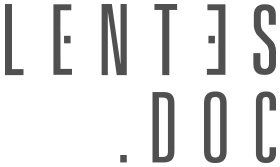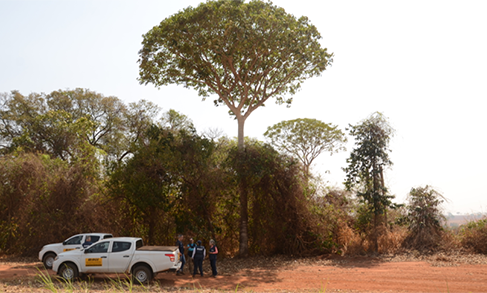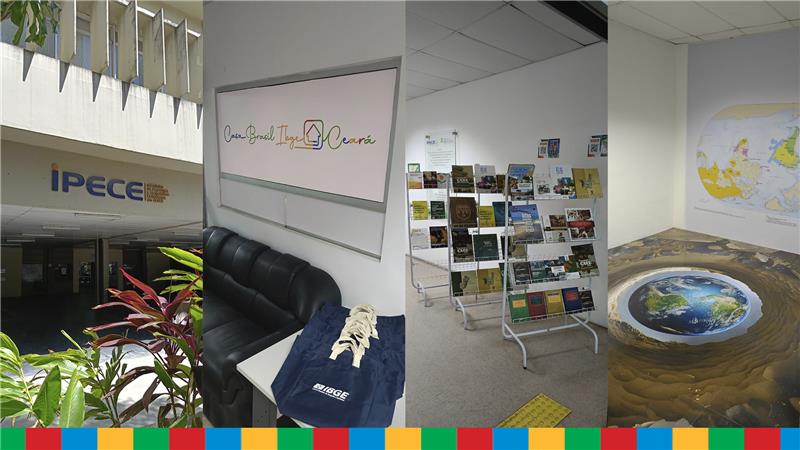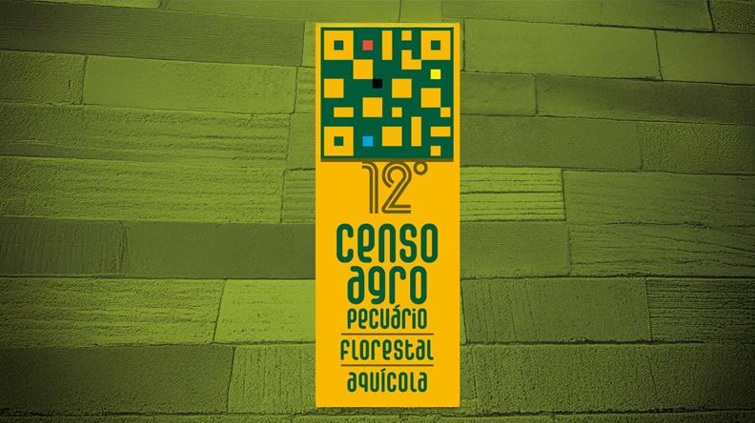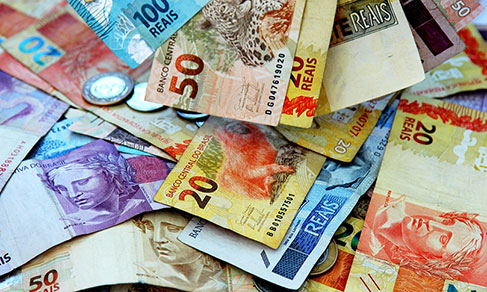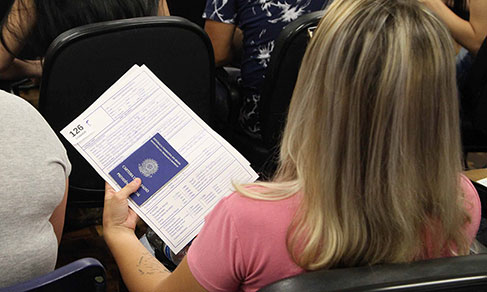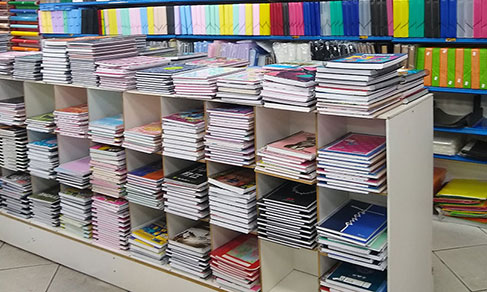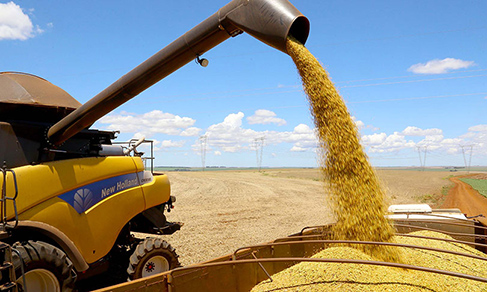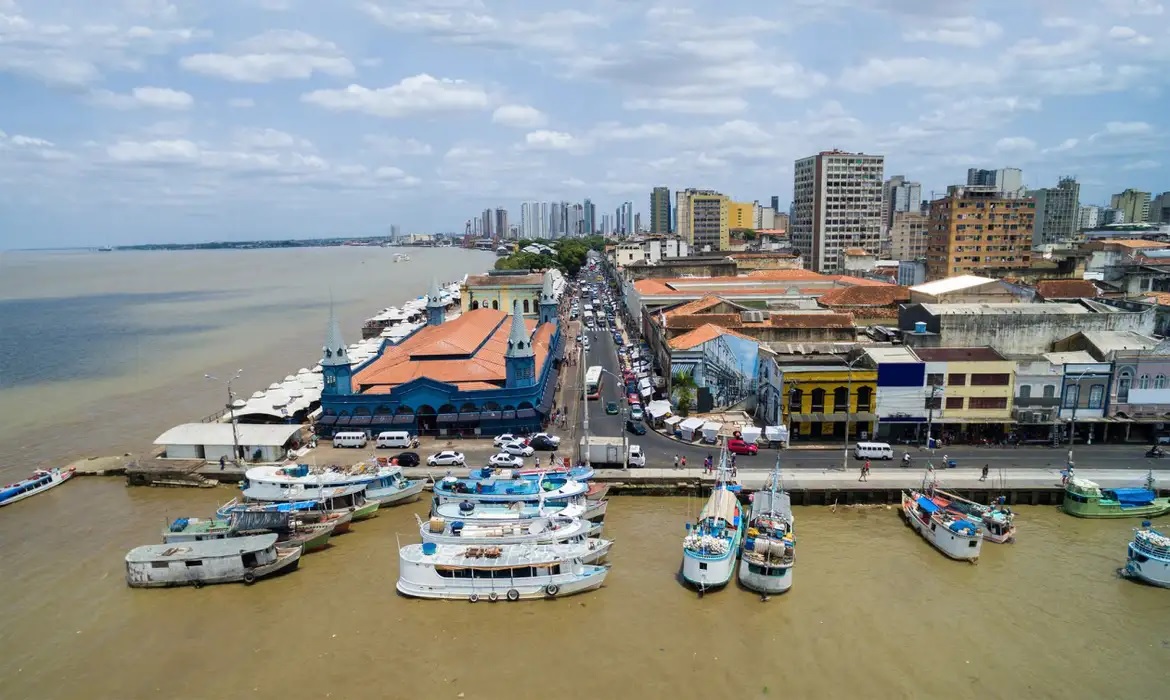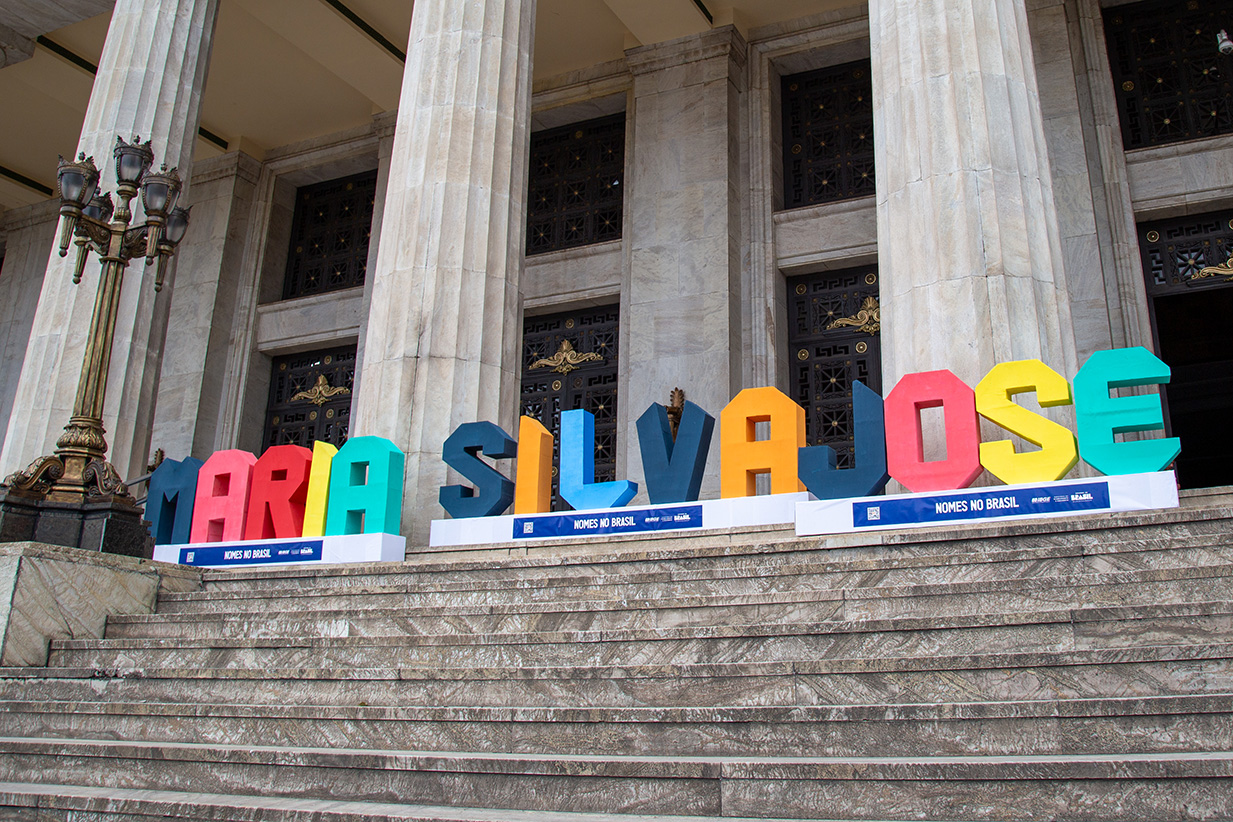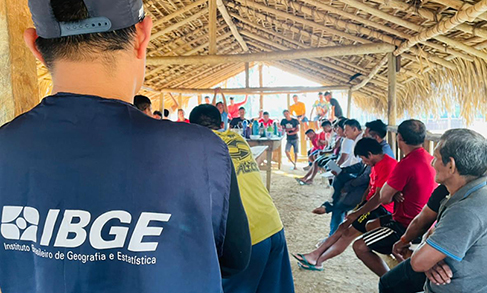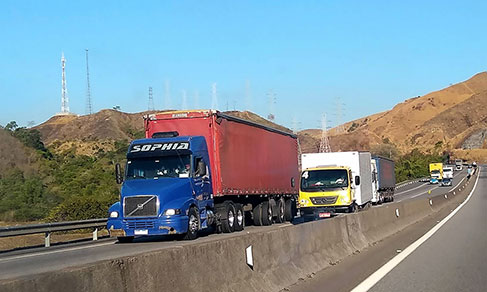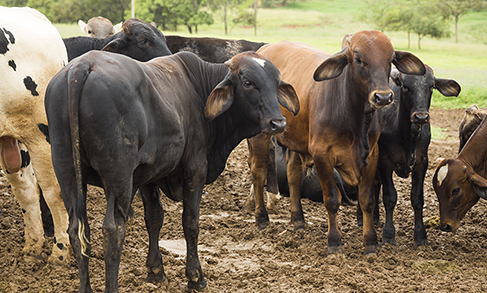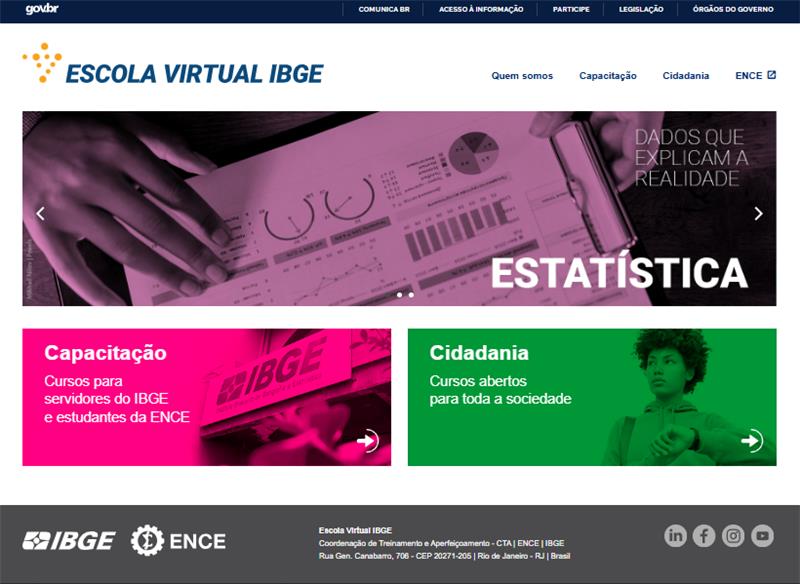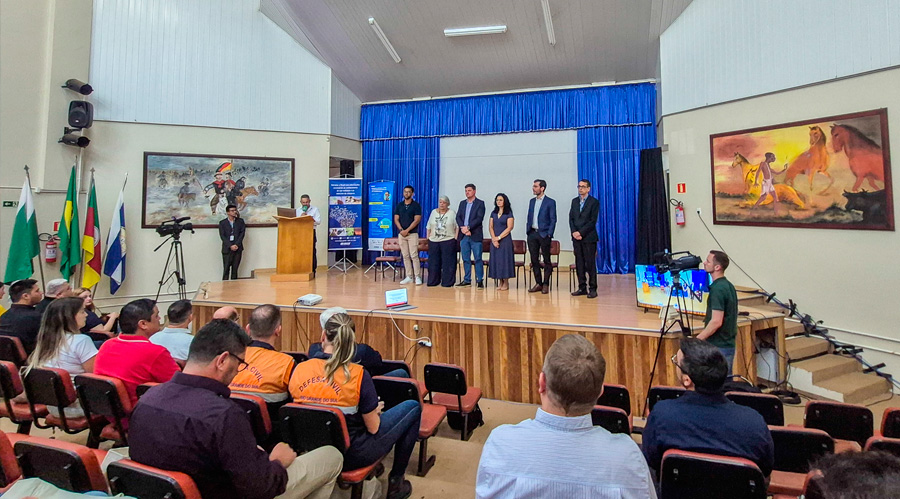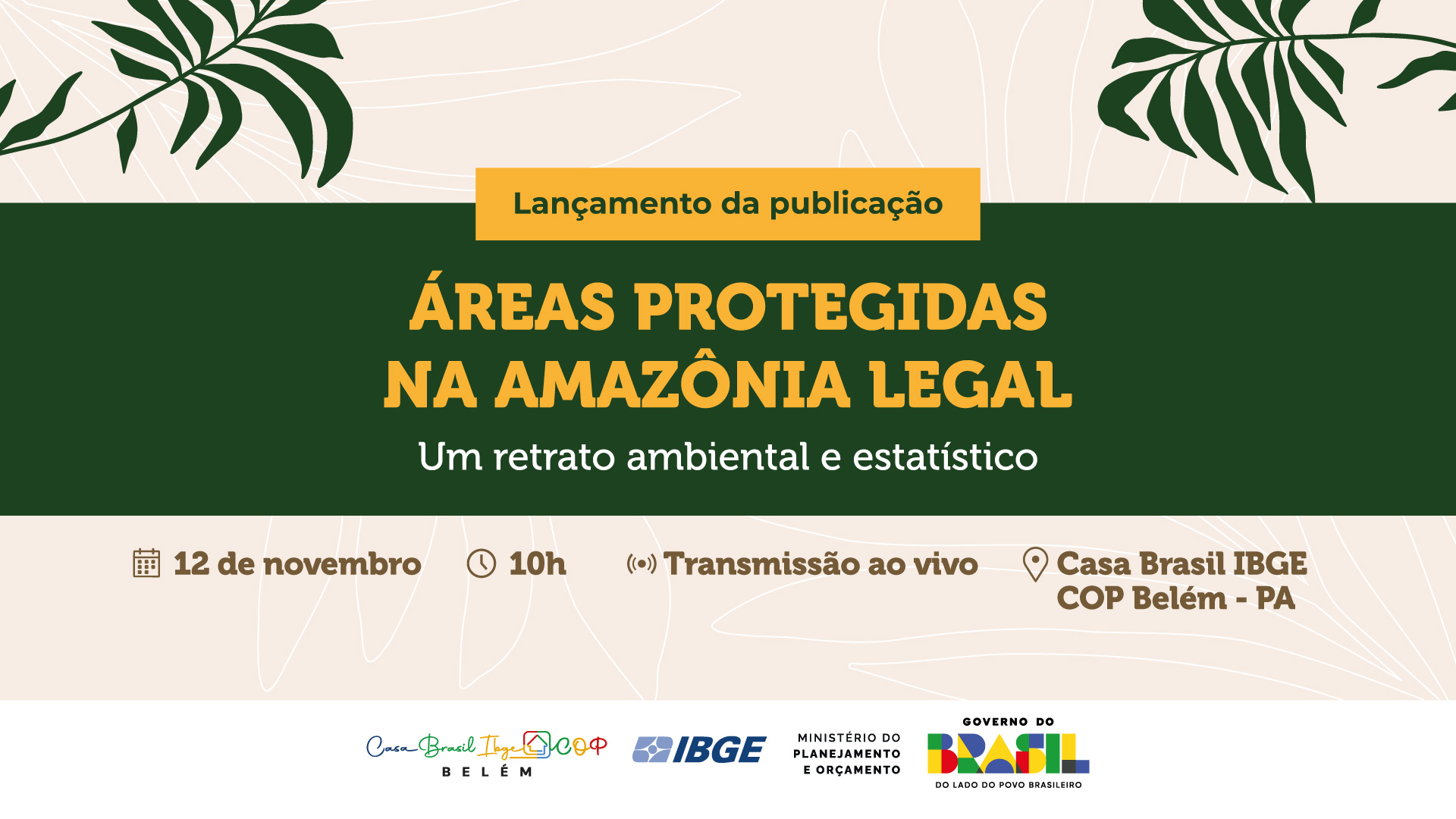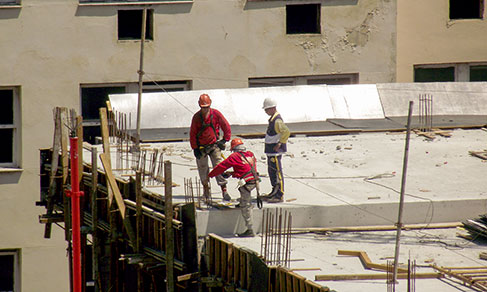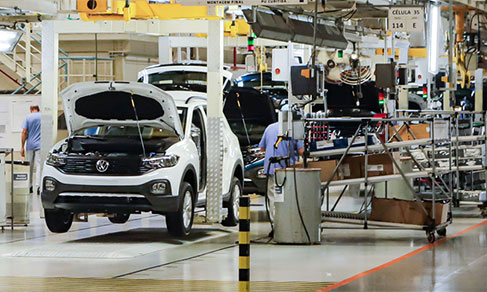IPCA
Electricity remains on an upward trend and inflation hits 0.26% in July
August 12, 2025 09h00 AM | Last Updated: August 14, 2025 11h33 PM
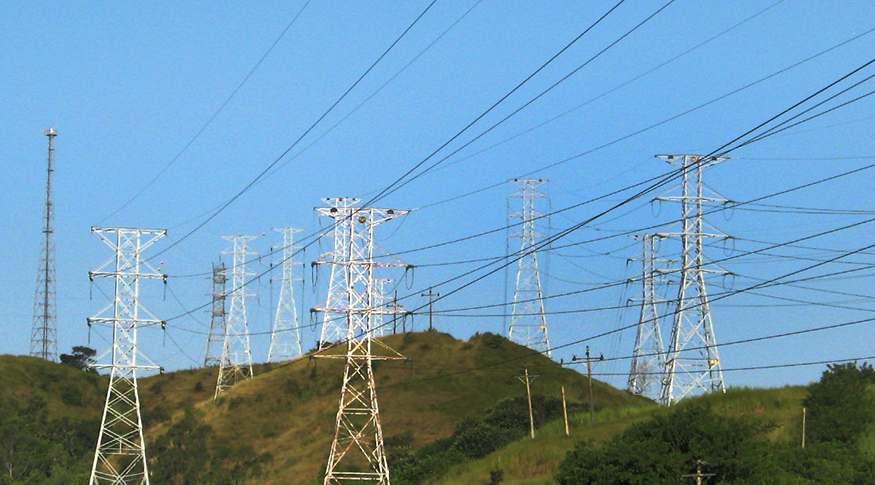
Inflation in Brazil hit 0.26% in July, an increase of 0.02 percentage points from June (0.24%). The monthly result was, once more, influenced by residential electricity, which recorded the biggest individual impact on the index (0.12 percentage points), as well as in the months of May (0.14 percentage points in 0.26%) and June (0.12 percentage points in 0.24%). Year-to-date inflation is 3.26%, and over the last 12 months, 5.23%. These data are from the Extended National Consumer Price Index (IPCA), released today (12) by the IBGE.
"From January to July, residential electricity prices rose 10.18%, and for the main individual impact (0.39 percentage points) on the cumulative IPCA (3.26%). This 10.18% change is the biggest for the January-July period since 2018, when the cumulative increase was 13.78%," highlights the IPCA manager, Fernando Gonçalves.
In July, the red tariff flag level 1, in effect since June, remained in effect, adding R$4.46 to the electricity bill for every 100 kWh consumed. Furthermore, the increase reflects a 13.97% adjustment at one of the concessionaires in São Paulo (10.56%), in effect since July 4; a 1.97% adjustment in Curitiba (2.47%), since June 24; A 14.19% reduction in tariffs at one of the Porto Alegre concessionaires (1.48%), in effect June 19, in addition to a 2.16% drop in tariffs at one of the Rio de Janeiro concessionaires (0.71%), in effect since June 17.
"Without the contribution of electricity, the July IPCA result would be 0.15%," the manager reported.
“Also in Housing (0.91% and 0.14 percentage points), there were adjustments in water and sewage rates (0.13%) in some areas: 4.97% in Salvador (2.16%) effective July 18; 9.88% in Brasília (0.57%) effective June 1; and 4.76% in Rio Branco (0.14%) effective May 1, the last one granted in a staggered manner between May and June.
Regarding increases, Personal expenses (0.76% and 0.08 percentage points) accounted for the second biggest change and impact in July. The increase was driven by the adjustment, starting on July 9, of gambling (11.17% and 0.05 p.p.), a subitem that recorded the third largest individual impact on the index.
Transportation accelerated from June (0.27% and 0.05 percentage points) to July (0.35% and 0.07 percentage points), driven by the rise in airfares (19.92%), which had the second-largest individual impact on inflation in July (0.10 percentage points). Fuel prices, in turn, fell 0.64% in July, with drops in ethanol (-1.68%), diesel (-0.59%), gasoline (-0.51%), and vehicle gas (-0.14%).
The manager highlighted that "the fuel group recorded a price decline for the fourth consecutive month. In June, there was a reduction in gasoline prices at refineries."
The group was also influenced by the free fares granted on Sundays and holidays on the subway (0.16%), in Brasília (2.80%), and on turban buses (0.46%), in Brasília (2.80%) and Belém (6.68%), in addition to the fare reduction on Sundays and holidays in Curitiba (2.94%). Taxis (0.21%) incorporated the average 8.71% increase in fares in Belo Horizonte (2.05%), in effect since June 7.
In Health and personal care (0.45% and 0.06 percentage points), increases in personal hygiene items (0.98%) and health insurance (0.35%) stood out, the latter reflecting the incorporation of price adjustments authorized by the National Health Agency (ANS).
Among the decreases, Food and beverages (-0.27% and -0.06 percentage points) and Wearing apparel (-0.54% and -0.03 percentage points) stood out.
Food and beverages was negative for the second consecutive month (in June, the change was -0.18%). The decline in July was driven by food at home (-0.69%), with emphasis on potatoes (-20.27%), onions (-13.26%), and rice (-2.89%). Meanwhile, food away from home accelerated from 0.46% in June to 0.87% in July, with snacks rising from 0.58% in June to 1.90% in July.
"With the significant drop of food products in households' consumption baskets, the IPCA for the month was 0.26%. Without the contribution of food products, inflation would have been 0.41%. The increases in the food away from home reflect the holiday season," explains the manager.
In the Wearing apparel segment, the drops in women's wear (-0.98%) and men's wear (-0.87%) stand out.
The other changes and impacts on the June IPCA came from Household articles (0.09% and 0.0 percentage points), Education (0.02% and 0.0 percentage points), and Communication (-0.09% and 0.0 percentage points).
In the special aggregate of services, the IPCA accelerated from 0.40% in June to 0.59% in July, and the aggregate of monitored prices, that is, those controlled by the government, accelerated from 0.60% to 0.67%.
According to Fernando, "in services, the influence of airfares stands out, accounting for the second biggest individual impact on the month's index (0.10 percentage points), and in monitored prices, electricity and gambling stand out, both rising 11.17% in July."
As for regional indices, São Paulo showed the biggest change (0.46%) due to airfares (13.56%) and residential electricity (10.56%). The smallest change occurred in Campo Grande (-0.19%) due to the decline in potatoes (-33.84%) and residential electricity (-1.39%).
INPC rises 0.21% in July
The National Consumer Price Index rose 0.21% in July. For the year, the cumulative rate is 3.30% and, over the last 12 months, 5.13%, below the 5.18% observed in the previous 12 months. In July 2024, the rate was 0.26%.
Food products fell from -0.19% in June to -0.38% in July. The change in non-food products fell from 0.37% in June to 0.41% in July.
As for regional indices, the biggest change (0.56%) occurred in São Paulo due to residential electricity (10.61%) and car repairs (2.94%). The smallest change occurred in Campo Grande (-0.27%) due to the drop in potatoes (-33.84%) and residential electricity (-1.37%).
More about the surveys
The IPCA refers to households with monthly income of 1 to 40 minimum wages, whereas the INPC encompasses households with monthly income of 1 to 5 minimum wages, living in the metropolitan areas of Belém, Fortaleza, Recife, Salvador, Belo Horizonte, Vitória, Rio de Janeiro, São Paulo, Curitiba, Porto Alegre, besides the Federal District and of the municipalities of Goiânia, Campo Grande, Rio Branco, São Luís and Aracaju. Access the data on Sidra. The next IPCA result, relative to August, will be released on September 10.

